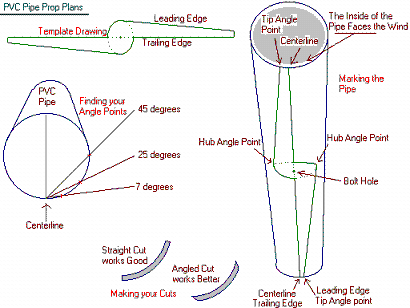


I recently had an idea for a horizontal wind turbine. This tested performance predicts that the variable blade pitch control mechanism will regulate and bring the require control of HAWT under high wind speeds.NOTE: This was a proof of concept project, just to show that it is possible to use the casting from an old washing machine to make a rotor, This project is now on hold until I finish my VAWT and other projects I am working on. But as the wind speed increases beyond the cutout wind speed generator output voltage and the rotor speed, there was stability and constant values were observed up to the ultimate wind speed of 6 m/s and subsequently there was a shutdown. The experimental test carried out shows that between cut-in and cutout wind speed of 2 and 4 m/s, both the generator output, voltage and rotor speed increases with increase in wind speed. Parameters measured are the generator output voltage and rotor speed, which were based on the wind speed that was also regulated accordingly. The HAWT model performance was tested in a wind tunnel that was developed specifically in order to carry out the experimental test. A scale down of 1:10 blade geometry as designed and developed by the Author's previous work was used for the HAWT model. This depends on the magnitude of the wind speed that will be subjected to the turbine.

The control mechanism is a simple mechanical Watt governor design, which was developed to regulate the blade pitch angle of the HAWT. This work investigates the performance of a horizontal axis wind turbine (HAWT) with variable blade pitch control mechanism. The use of this energy source will reduce the large dependence on non-renewable, expensive and environmentally unfriendly means of energy generation. Therefore the developed HAWT blade profile has shown the ability to perform thus, the blade is expected to be a means of extracting and generating energy from wind which is a renewable, clean and locally available source of energy in Maiduguri and its environs. However, measured power increase consistently with increased in wind speed. The designed blade profile was developed and tested on an open field at Maiduguri where the average wind speed is 3.89m/s, the result shows that the maximum extractable power is 142.66 W at a wind relative velocity of 4.8m/s when the blade is at 8 o angle of attack and 3 x 10 6 Reynolds Number. The blade was design using the Blade Element Momentum Theory (BEM), blade parameters such as the chord length, angle of attack, Tip Speed Ratio, Rotor diameter, Lift and Drag force were determined. This study describes the development and experimental studies performed to investigate the performance of a 1.5 m long Horizontal Axis Wind Turbine blade on a 4meter tower using 8 o as an angle of attack.


 0 kommentar(er)
0 kommentar(er)
